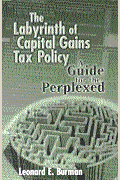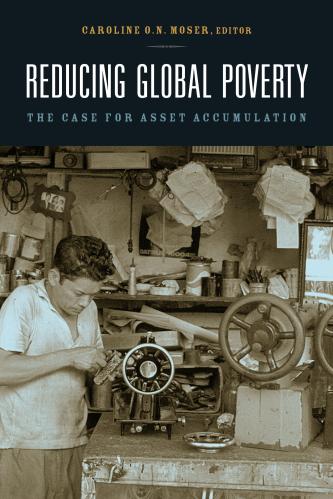Editor’s Note: International Economy recently asked Senior Fellow Martin Baily, should, or can, central bankers target asset prices in their conduct of monetary policy?
No to the narrow question, but yes to a broader question. Central banks do not know the correct level of asset prices and hence they should not commit themselves to setting specific target values for stock price indexes or house price indexes or exchange rate indexes. Such target setting would be a form of price controls, out of line with the rules of our market economy.
Traditional monetary policy has taken asset prices into account when interest rates are set by estimating the impact of increases or decreases in asset prices on expected growth. Asset prices matter for aggregate demand and they should be factored into policy decisions in the future just as they have in the past.
In response to the financial crisis, central banks should gain a new tool for stability. While no one knew the correct prices of residential housing in all the diverse regions of the United States, it became obvious by 2005 that a housing bubble was developing, driven by excessive leverage and lax lending standards. Adjusting the federal funds rate was not an adequate response to the situation and something more was needed.
The Federal Reserve should have the power to require an adjustment of minimum capital, leverage, collateral, and margin requirements generally in response to changing systemic risks (it has been able to adjust margin requirements in stock trading since the Great Depression). Micro-prudential regulators would continue to set basic minimum standards and supervise company risk management strategies. The Fed, after consulting with the micro-prudential regulators, could decide to adjust a “leverage or capital multiplier” up or down as systemic circumstances required. The multiplier could be applied to one specific class of assets or a broad range, and would be enforced by the prudential regulators. This additional power should be used rarely and in small increments, but it would provide a powerful new tool to increase financial stability by slowing the rapid rise of asset prices when they are driven by excessive borrowing. It could also be used to ease conditions when asset prices are falling.
The Brookings Institution is committed to quality, independence, and impact.
We are supported by a diverse array of funders. In line with our values and policies, each Brookings publication represents the sole views of its author(s).









Commentary
Op-edShould Central Banks Target Asset Prices?
January 5, 2010